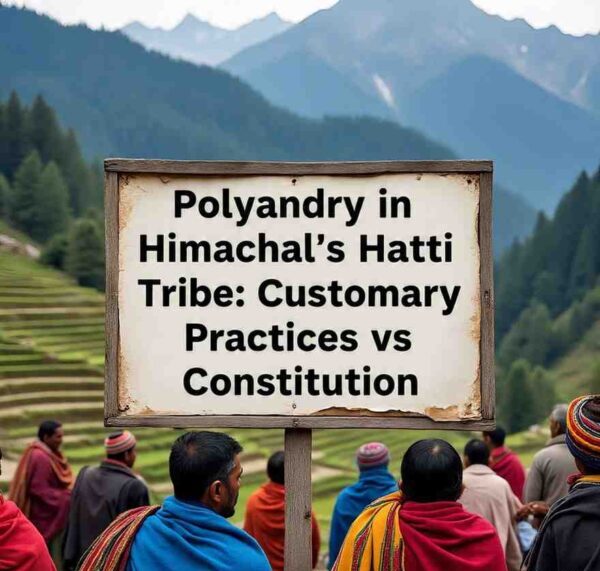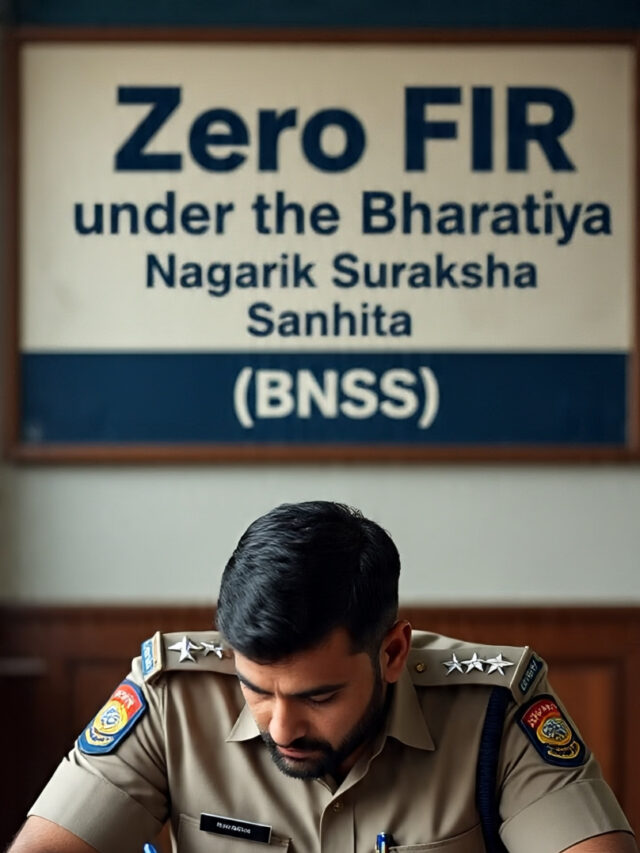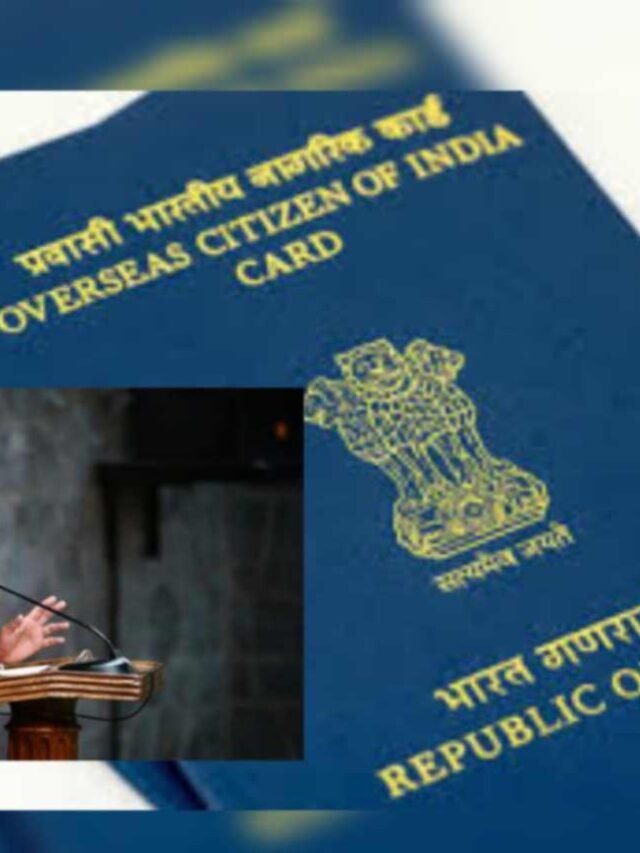Explore the recent polyandrous marriage in Himachal’s Hatti tribe and its legal complexities. Learn how India’s constitution balances tribal customs with fundamental rights.
Introduction
In a rare and debated union in the Trans-Giri region of Himachal Pradesh, Sunita Chauhan married two brothers, Pradeep and Kapil Negi, following the Hatti tribe’s age-old custom known as ‘Jodidaran’, which involves a polyandrous marriage arrangement. While this centuries-old custom is culturally significant to the Hatti community, it raises important legal and constitutional questions in the context of modern Indian law. Since the Hatti tribe was granted Scheduled Tribe (ST) status in 2022, this marks the fifth occurrence of such a marriage within six years—highlighting the continued significance of tribal traditions despite evolving legal standards.
What Happened in the Recent ‘Jodidaran’ Marriage?
The marriage of Sunita Chauhan to two brothers under the polyandrous tradition of ‘Jodidaran’ highlights a deeply rooted cultural practice within the Hatti tribe. This ritual is motivated by socio-economic concerns, particularly the desire to maintain undivided agricultural land and uphold strong family bonds. The tribe, recently recognized as a Scheduled Tribe by the Indian government, has seen multiple such unions in recent years.
Although polyandry is typically prohibited under Indian law, tribal communities are often granted specific customary rights safeguarded by the Constitution, resulting in a legal grey area where personal laws intersect with tribal autonomy.
Understanding Polyandry
Polyandry refers to a marital arrangement where one woman is married to more than one man. Though rare in most societies, it has existed historically in parts of Tibet, Nepal, and within certain Indian tribal groups like the Toda (Tamil Nadu), Kinnaura (Himachal Pradesh), and Jaunsaris (Uttarakhand). It is typically practiced as fraternal polyandry, where brothers share a wife, often for economic and social reasons.
Historical and Cultural Roots of Polyandry in India
Polyandry in India has evolved as a practical response to various challenges, including environmental constraints and land fragmentation.
- Himalayan Belt: Among mountain communities like the Kinnaura, Gaddis, and Gujjars in Himachal Pradesh and Uttarakhand, fraternal polyandry helps prevent division of ancestral land and resources, ensuring economic survival in harsh terrains.
- Southern Tribes: The Toda people of Tamil Nadu have long practiced polyandry as part of their cultural identity, deeply embedded in their societal norms.
- Punjab’s Malwa Region: Land fragmentation in fertile agricultural areas has also led some communities to adopt polyandry to maintain farm size and viability.
- Literary Influence: The Mahabharata features Draupadi’s marriage to the five Pandava brothers, often cited culturally as a precedent for polyandrous unions. This “Draupadi Pratha” remains a symbolic anchor for legitimizing the tradition in some communities.
Legal Framework Governing Polyandry in India
Indian statutory law does not acknowledge polyandry as a valid form of marriage. The Hindu Marriage Act of 1955 and the Special Marriage Act of 1954 strictly enforce monogamy as the legal norm. Violations of this provision are punishable under Section 17 of the Hindu Marriage Act, along with Sections 494 and 495 of the Bharatiya Nyaya Sanhita, which classify both bigamy and polyandry as criminal offenses.
However, Section 2(2) of the Hindu Marriage Act provides a constitutional exemption for Scheduled Tribes, stating that its provisions do not apply to them unless expressly directed by a notification from the Central Government. Article 342 of the Constitution, along with Part XXI, provides special recognition and legal space for STs to maintain their customary practices.
Still, tribal customs are not beyond scrutiny. The Supreme Court has ruled that customs must not violate fundamental rights such as equality (Article 14), non-discrimination (Article 15), and the right to life and dignity (Article 21). To be upheld in court, a customary practice must meet legal tests of consistency, reasonableness, and longstanding observance under Section 3 of the Hindu Marriage Act.
The Uttarakhand Uniform Civil Code (UCC), enacted in 2024, upholds monogamy for general citizens but maintains exemptions for tribal communities under Section 2, thereby preserving practices like polyandry within Scheduled Tribes.
Judicial Perspectives on Custom vs Constitution
The judiciary has increasingly emphasized the need to reconcile tribal traditions with constitutional principles:
- Triple Talaq Case: The Supreme Court ruled this Muslim divorce practice unconstitutional for violating Articles 14 and 21.
- Sabarimala Verdict (2018): The apex court struck down the temple’s restriction on menstruating women, calling it discriminatory under Articles 14, 15, and 21.
- Ram Charan vs Sukhram (2023): In a tribal inheritance case, the Supreme Court stated that women cannot be denied property rights based on customs alone.
The Court notably remarked that “customs, like the law, must evolve and cannot be used as a shield to deny others their rightful entitlements.” This underscores the idea that constitutional values take precedence over outdated or discriminatory traditional practices.
Conclusion
The practice of polyandry among the Hatti tribe in Himachal Pradesh sheds light on the complex relationship between tribal traditions and constitutional mandates. While Scheduled Tribes are afforded certain protections for their customs, the legal system increasingly requires these traditions to align with fundamental rights and societal progress. As India continues to modernize its legal framework, the balance between cultural preservation and individual freedoms will remain central to the evolving debate on polyandry and similar practices.

























